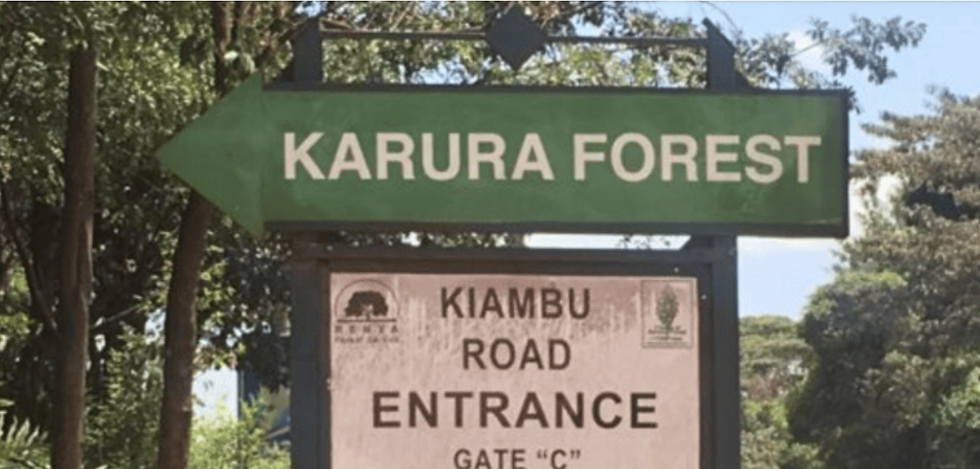Kenyan's Poverty Levels Deepen Even Surpassing Covid-19 Economic Hardship - Experts
- mwananchivoiceco
- Mar 18
- 2 min read

President Ruto secured victory in the election with the goal of empowering Hustlers via the Bottom-Up economic model, but two and a half years later, the situation is vastly different.
A growing number of Kenyans have fallen below the poverty line, experiencing worse conditions than during the Covid-19 pandemic. This situation is attributed to rising payroll taxes, increasing utility bills, and a contracting job market, as noted by micro-economics experts.
According to experts, Kenyans living in urban areas are unable to afford spending Ksh266 per day, and those in rural areas cannot afford Ksh133 per day, which amounts to Ksh8,006 and Ksh4,003 per month, respectively.
This translates to 4 out of every 10 individuals earning less than Ksh150 per day, highlighting the worsening poverty levels.
Even though government data shows a decrease in the price of essential commodities, millions of Kenyans are still facing difficulties.

"Incomes have not improved, and the latest report from KNBS suggests and indicates that we have more people in poverty than we had. In fact, we seem to be going back to early 2000s kind of numbers."
"You are not only earning less because your salary has not improved, but you're even earning less because then you have more taxes," Abraham Mugo, Executive Director, International Budget Partnership.
This situation is compelling Kenyans to rely on short-term credit options to sustain their daily lives. The recently published Tala Much Money report indicates a 19% increase in the number of Kenyans looking for credit facilities to get by.
The report also highlights that food, rent, education, and utilities are the primary factors contributing to Kenya's indebtedness.
"So we are dealing with compounded effects of inflation, you know, so that then the cost of goods and services has been going up. It's only that last year it went up by just 3%. It went up slower than it did the previous years.
"That's what those numbers mean. But remember, I've just told you that if your income has not improved, you still are getting Ksh200 shillings in a day.
"But now the amount of money you need to spend to buy goods and services, which perhaps you spent 100 shillings the previous year, now you need to spend Ksh110. It means since your income has not gone up, you're having to part with more to get the same product," Abraham Mugo stated.








Comments